Guajillo Chiles: The Sweet & Smoky Secret Behind Mexico’s Most Versatile Spice!
If you've ever tasted a rich, tangy red sauce in Mexican cuisine and wondered what gives it that mysterious depth of flavor, there's a good chance chiles guajillo are the unsung heroes behind the magic. Whether you're a home cook experimenting with salsas or a seasoned chef perfecting your mole recipe, understanding this chili can transform your cooking game.
In this guide, we’ll walk you through everything you need to know about chiles guajillo — from their history and heat level to how to use them like a pro. Plus, we’ve packed in practical tips, a detailed buying guide, and some visual comparisons to help you master this flavorful staple.
Table of Contents
- A Brief History of Guajillo Chiles
- Chiles Guajillo Profile: Flavor, Heat, and Looks
- Guajillo vs. Other Dried Chilies: What Sets It Apart?
- Creative Ways to Use Guajillo Chiles in Your Kitchen
- Buying Guide: How to Choose the Best Guajillos
- Storage Tips for Maximum Freshness and Flavor
- Frequently Asked Questions About Guajillo Chiles
- Final Thoughts: Embrace the Guajillo Goodness
A Brief History of Guajillo Chiles
The story of chiles guajillo begins in the heart of Mexico, where they have been cultivated for centuries. Originally known as "chile cascabel largo" (long rattle chili), these dried chilis are the mature form of the mirasol pepper.
Used extensively in traditional Mexican dishes like moles, adobos, and sauces, guajillos are one of the three most commonly used dried chilies in Mexican cuisine — right alongside ancho and pasilla peppers. Together, they’re often referred to as the “Holy Trinity” of Mexican dried chilies.
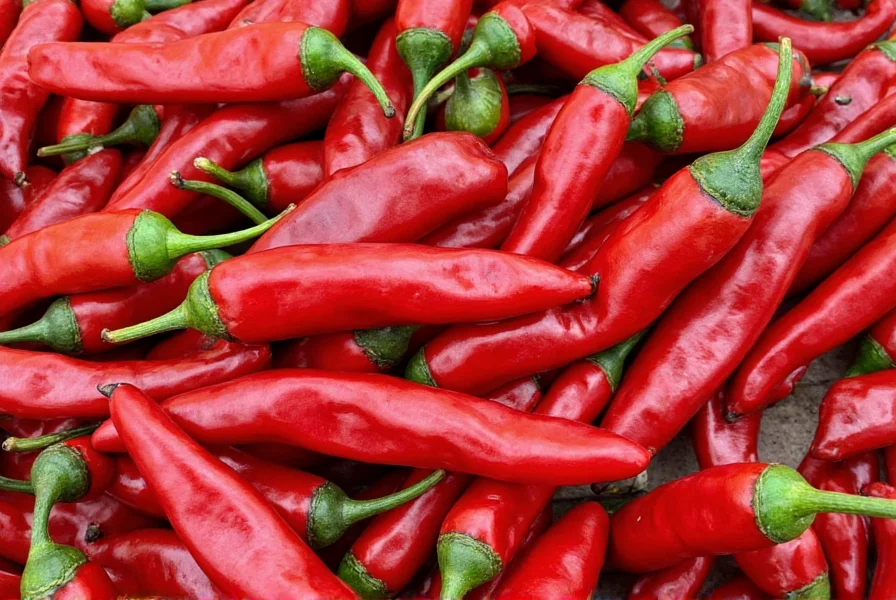
Chiles Guajillo Profile: Flavor, Heat, and Looks
Guajillo chilies are long, slender, and usually measure around 4 to 6 inches in length. When dried, they take on a deep reddish-brown color and have a slightly wrinkled texture. But what really sets them apart is their unique flavor profile.
Flavor Notes
- Sweet & Fruity: Think raisins, cranberries, and plums.
- Smoky: Not overpowering, but adds a warm earthiness.
- Tangy: A subtle citrusy note that brightens up sauces.
Heat Level
On the Scoville scale (which measures spiciness), guajillos range from 2,500 to 5,000 SHU (Scoville Heat Units). To put that into perspective:
- Green bell pepper – 0 SHU
- Jalapeño – 2,500–8,000 SHU
- Habanero – 100,000–350,000 SHU
This means guajillos offer a gentle warmth — perfect for those who want spice without overwhelming heat.
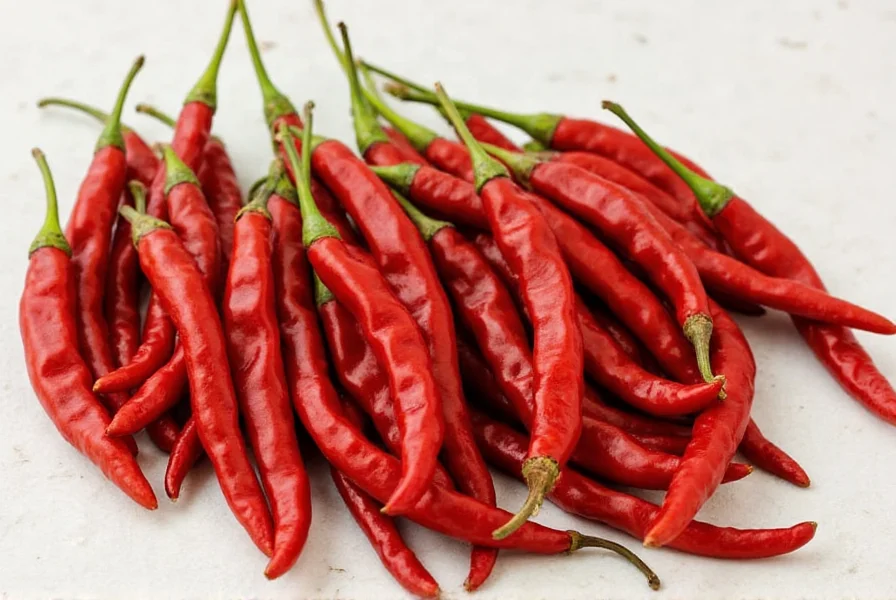
Guajillo vs. Other Dried Chilies: What Sets It Apart?
Let’s compare guajillos with other popular dried chilies to see how they stack up in terms of flavor, heat, and usage.
| Chili | Scoville Heat Units (SHU) | Flavor Profile | Best Used In |
|---|---|---|---|
| Guajillo | 2,500–5,000 | Sweet, fruity, smoky, tangy | Moles, adobo sauces, marinades |
| Ancho | 1,000–2,000 | Earthy, sweet, raisin-like | Mole poblano, soups, stews |
| Pasilla | 2,500–4,000 | Herbaceous, dark fruit, chocolate notes | Oils, pastes, sauces |
| Cascabel | 1,000–3,000 | Nutty, smoky, mild | Salsas, roasted dishes |
| Chipotle | 5,000–10,000 | Smoky, meaty, spicy | Meat rubs, stews, salsas |
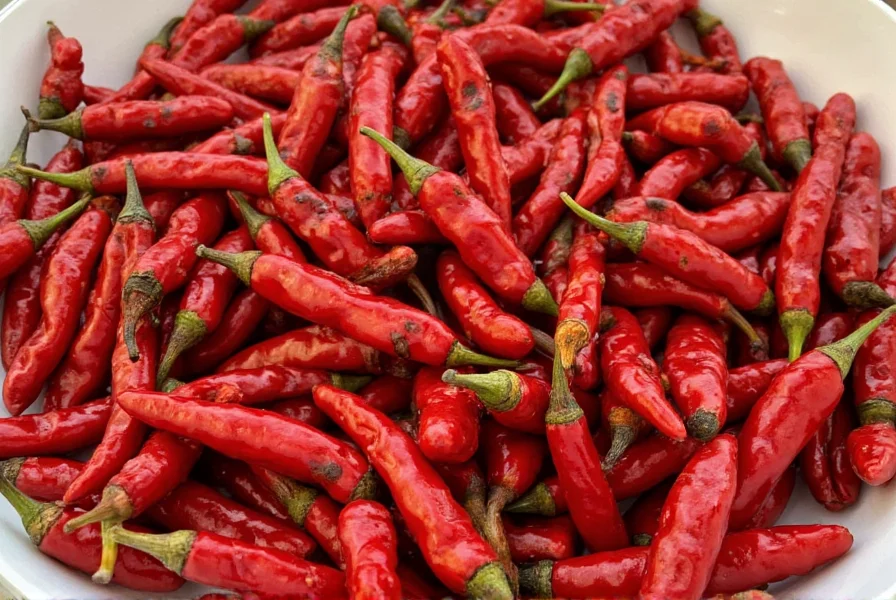
Creative Ways to Use Guajillo Chiles in Your Kitchen
Ready to bring some guajillo goodness into your meals? Here are five versatile ways to incorporate these chilies into your cooking routine:
- Make Your Own Red Chile Sauce – Toast, soak, blend with garlic, vinegar, and spices for a smooth, vibrant sauce. Perfect for enchiladas, tacos, and burritos.
- Add Depth to Mole – Guajillos play a key role in many mole recipes by balancing sweetness and acidity. Combine with cinnamon, almonds, and chocolate for a complex, layered sauce.
- Boost Marinades and Rubs – Ground guajillo powder works wonders when mixed into dry rubs for grilled meats, chicken, or tofu.
- Infuse Oils and Broths – Lightly toast whole chilies and steep them in oil or broth to infuse a gentle heat and smokiness into your dishes.
- Create Fusion Flavors – Try using guajillo-infused butter on popcorn or blending it into hummus for a Latin-inspired twist.
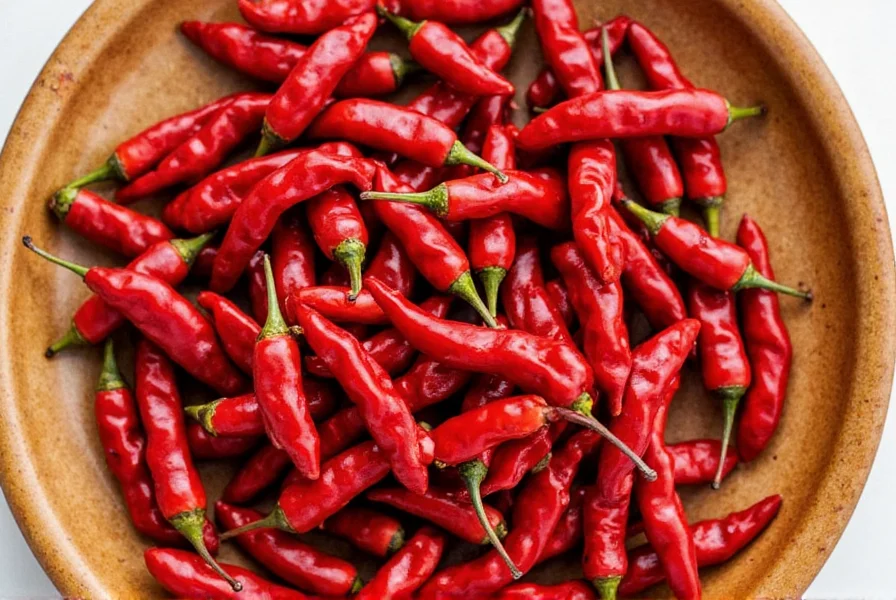
Buying Guide: How to Choose the Best Guajillos
Whether you're shopping at a local market or browsing online, here’s what to look for in high-quality chiles guajillo:
Visual Indicators of Quality
- Color: Look for deep reddish-brown hues; avoid pale or overly dark chilies which may be old or sun-damaged.
- Texture: Skin should be thin yet flexible. Avoid brittle or overly soft ones, which could be moldy or stale.
- Seeds: Whole chilies should still contain seeds inside — a sign they were properly dried, not bleached or chemically treated.
Brand Comparison
| Brand | Features | Pros | Cons | Best For |
|---|---|---|---|---|
| La Costeña | Whole dried guajillos in sealed bags | Fresh aroma, consistent size, easy to find | Can be slightly more expensive | Home cooks making sauces or moles |
| Goya Foods | Dried and powdered options available | Affordable, widely available | Some batches can be inconsistent in quality | Beginners and everyday cooking |
| Del Monte | Dried chilies packed in jars | Convenient packaging, shelf-stable | Limited authenticity compared to Mexican brands | Quick pantry additions |
| MexGrocer | Organic, non-GMO certified guajillos | Eco-conscious choice, premium quality | Higher price point | Professional chefs and gourmet enthusiasts |
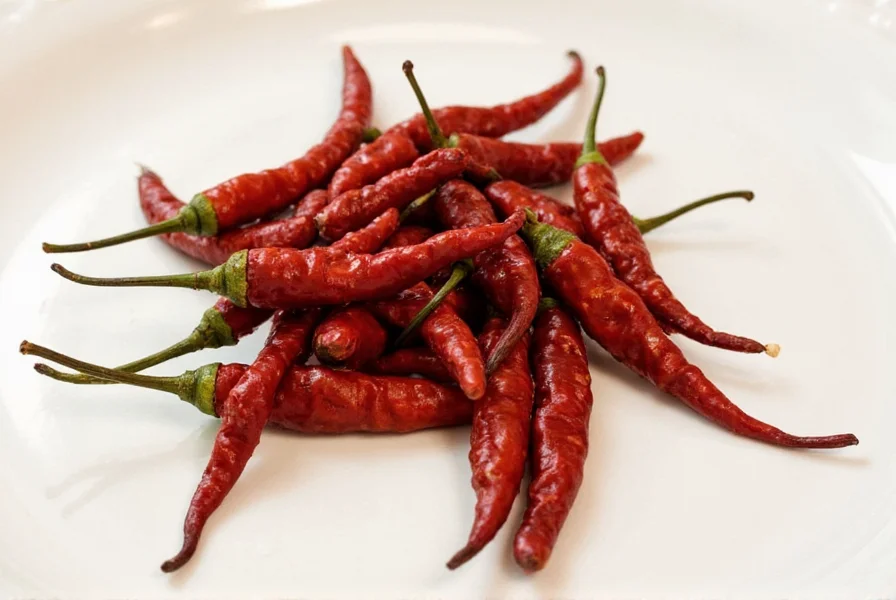
Storage Tips for Maximum Freshness and Flavor
To preserve the rich flavor and aromatic oils in guajillo chilies, proper storage is key:
- Airtight Containers: Store whole or crushed chilies in sealed glass jars or plastic bags with the air removed.
- Cool & Dark Places: Keep them away from direct sunlight and heat sources. A pantry or cupboard is ideal.
- Freezing Option: For extended shelf life, freeze dried chilies in a sealed bag for up to a year.
- Label and Date: If you process them into powder or paste, always label containers with dates to track freshness.
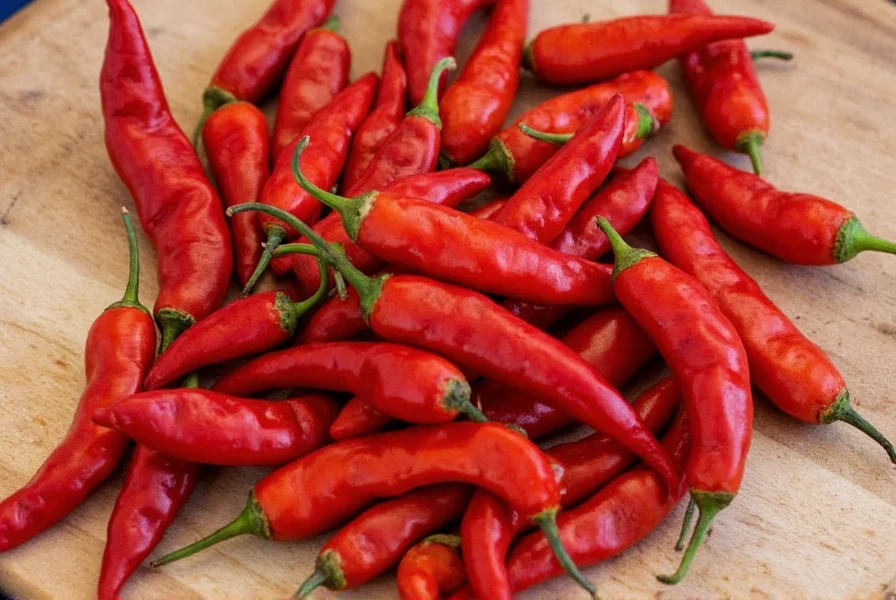
Frequently Asked Questions About Guajillo Chiles
Are guajillo chiles spicy?
They are mildly spicy, ranging between 2,500–5,000 SHU. They provide warmth rather than intense heat, making them great for all kinds of palates.
Can I eat guajillo chiles whole?
While edible, they’re typically soaked and blended into sauces due to their tough skin. Eating them raw isn’t common.
How do I prepare guajillo chiles for cooking?
- Rinse under water to remove dust.
- Remove stems and seeds (optional for less heat).
- Toast lightly in a dry skillet for extra aroma.
- Soak in hot water for 15–20 minutes until softened.
- Blend with liquid (water, stock, vinegar) into a puree.
What can I substitute for guajillo chiles?
If you don’t have guajillos on hand, try:
- Ancho + Pasilla: Mix ancho (sweet) and pasilla (dark, herbal) for similar depth.
- California chilies: Milder with less tang, but good for texture.
- Cascabel: Nutty and smoky, though slightly milder in flavor.
Final Thoughts: Embrace the Guajillo Goodness
Whether you're just getting into the world of spices or already consider yourself a chili connoisseur, chiles guajillo deserve a spot in your pantry. Their unique blend of sweetness, tang, and subtle heat makes them incredibly versatile — suitable for both classic Mexican dishes and modern fusion creations.
Now that you’ve got the full picture — from flavor profiles to storage hacks — go ahead and experiment. Try making a homemade red sauce or enhancing your next stew with a touch of guajillo warmth. Once you taste the difference, you’ll wonder how you ever cooked without them.
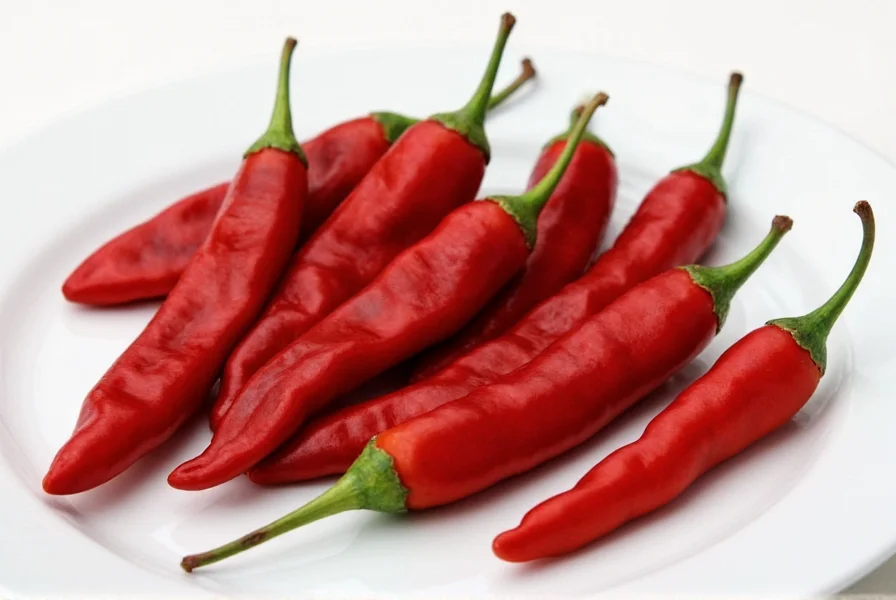
Got a favorite guajillo recipe? Share it in the comments below! Let’s spice things up together.

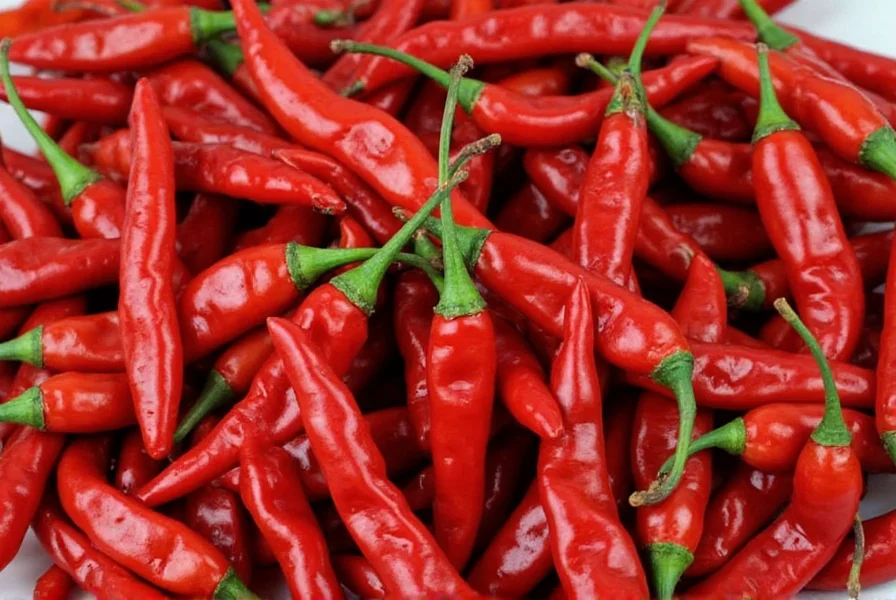









 浙公网安备
33010002000092号
浙公网安备
33010002000092号 浙B2-20120091-4
浙B2-20120091-4